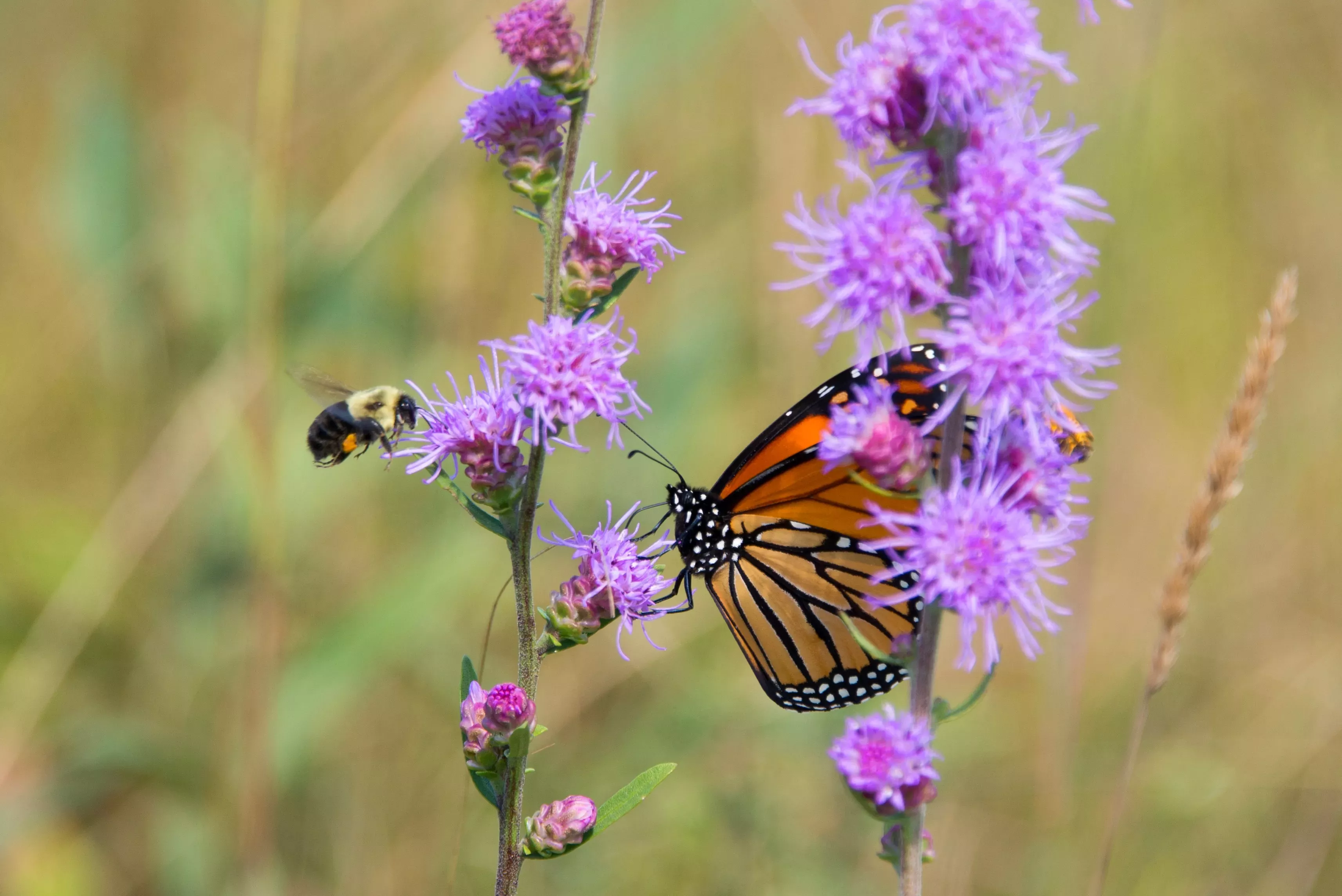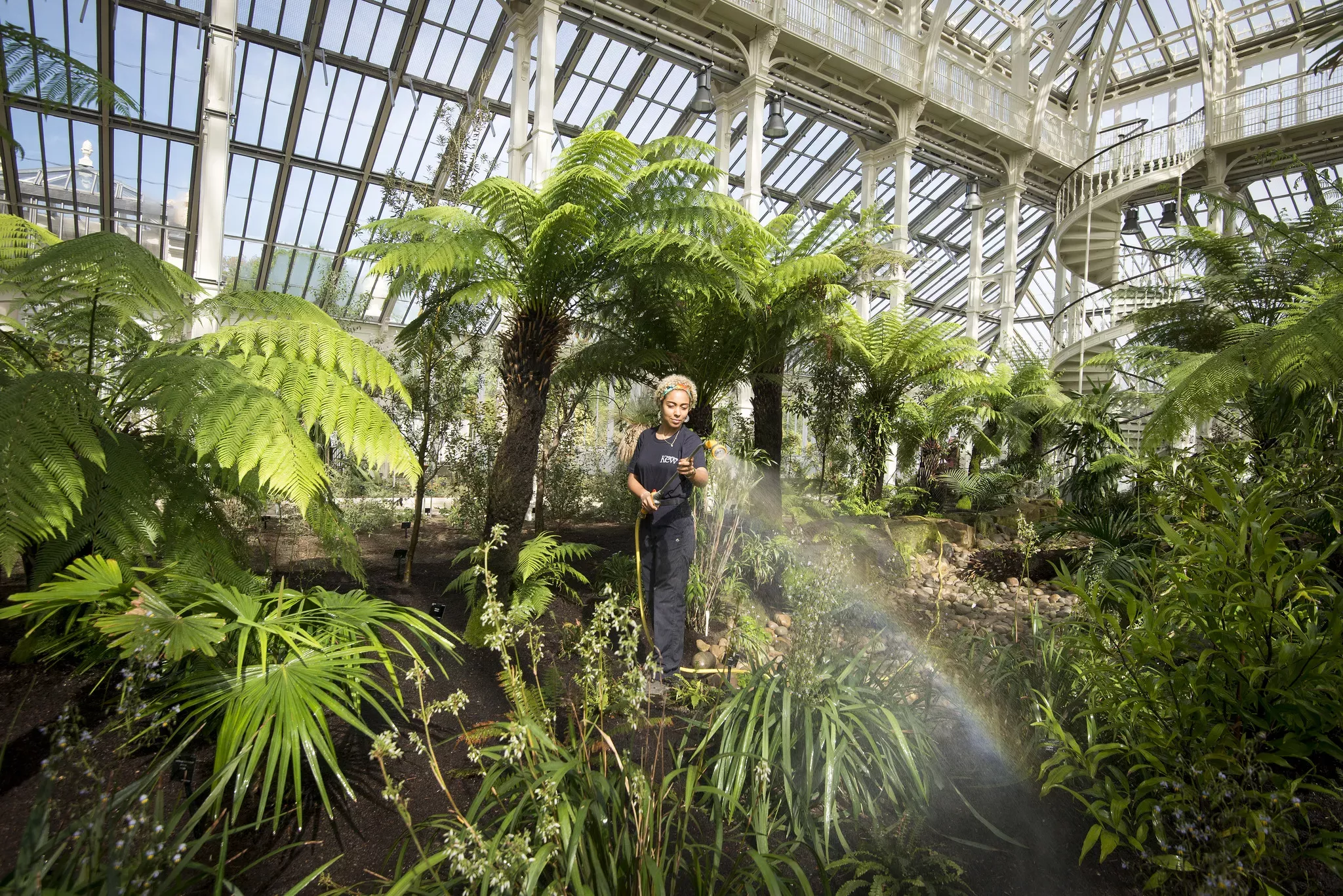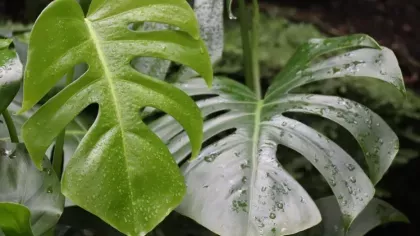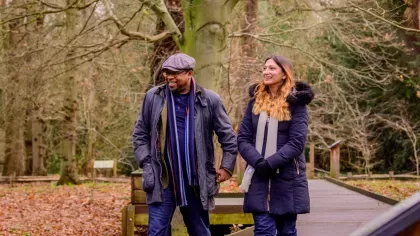21 March 2022
Nature for all
It may sound cliché, but it’s true: enjoying nature is good for you.

Take a deep breath and immerse yourself in the expanse of green surrounding you; the textures of leaves and branches, pops and riots of colour from flowers, the trill of birds and buzz of bees...
Research has found that nature can reduce stress, improve concentration, lead to better sleep and increase happiness — what's not to love?
Lockdown learnings
The importance of access to green space was highlighted over the lockdowns, with limits to movement raising awareness of our outdoor environments and surroundings.
At the same time, there were more people looking for an opportunity to decompress, often involving the outside world far more than before.
An improvement in overall wellbeing is especially important at highly stressful times of life, but it shouldn’t be overlooked in better-functioning everyday life.

Natural health service
Some of the benefits of green space come from physical exercise – coursing oxygenated blood through the body and releasing endorphins – but even viewing green space can improve health.
Studies have shown that experiencing green space decreases cortisol (the primary stress hormone). Interestingly, they’ve also found that perceived stress is lower after being in nature.
A space with increased natural activity has been shown to have even more benefits. Buzzing bees, singing birds, scampering squirrels and crawling insects — watching nature at work has a positive effect on our state of mind.
This summer, Kew scientists and partners from Royal Holloway, University of London are launching a study as part of the Landscape Ecology Programme at Wakehurst that will explore the wellbeing benefits of spending time outdoors.

Concrete jungle?
Despite being the third-most populated city in Europe, London is not a concrete jungle.
In fact, one third of the capital is public green space in the shape of parks, playgrounds, public gardens and bodies of water (sometimes referred to as ‘blue space’).
Kew Gardens has been a part of London’s landscape since 1759, and its role is more important now than ever.
With over 27,000 species of living plants over 300 acres, including lakes, glasshouses and ponds, Kew has something for everyone.
It’s a place to sit in the sun, go for a walk, identify new plants, and lose oneself in art, history and nature, all a short train ride from central London.

Our manifesto for change
Kew is also leading the way in boosting our understanding of the importance of plants and fungi.
We train hundreds of horticulturists, help to name new species to science, host the largest seedbank for wild plant species on Earth, and hope to bring the fascinating world of plants to life for generations to come.
But this all starts by walking through our gates or exploring our gardens, collections and science work virtually.
An element of Our manifesto for change is to broaden and extend our reach.
As part of this commitment, we recently introduced a £1 admission fee for anyone in receipt of Universal or Pension Credit, so that price is not a barrier to entry.
Wellbeing at Kew
We hope to encourage more people to come and enjoy all that Kew has to offer.
The gardens are a special place where you can have time and space to unwind.
Our short courses include forest bathing and yoga in the Palm House, but read on for more ways to improve your wellbeing on your next trip to Kew (that can easily be adapted to any green space).
1. Find a spot to sit or stand and take five to ten deep, slow breaths.
This helps to bring oxygen into the body but also lowers the shoulders – an area of the body that can hold a lot of tension.
2. As you walk around the gardens, employ your senses.
Seek out that delicate scent in the air, bend down to look at the pattern of a leaf or the intricacy of a flower.
Paying attention to detail can help you recover from mental fatigue.
Visit the sensory garden at Wakehurst to experience the sounds, smells, sights and textures of various plants and natural features. This space is particularly beneficial for neurodiverse people, but is open to all.
Find out how to make your own sensory garden. Don't have much space? A windowsill, shelf or balcony railing can be home to coloured and scented plants.
3. Enjoy the seasons.
Spending time outside in cold and wet weather might seem silly, but if you have an umbrella and waterproof shoes then there is a lot to gain from the inclement weather.

This includes everything from the sounds of water dripping off the trees and the replenishing effect rain has on the gardens, to the thrill of crisp cool air on your cheeks and the wildlife that is more visible with less leaf cover – not to mention fewer visitors!
Lots of different cultures embrace the changes that the calendar brings, from Japan’s autumnal momijigari to the Nordic tradition of hygge — how can you enjoy cosiness if you haven’t been out in the cold?
Changing our attitudes to things we don’t like can help change our outlook on life: instead of dreading the coming winter, for example, we can look forward to it.
4. Free your ears.
Listen for the sounds of nature instead of your favourite playlist or podcast. Birdsong can be calming and uplifting.
Noticing things like rustling in the undergrowth or the sound of bamboo in the breeze can be beneficial to your mental health, not least as it builds connections with nature.
5. Bring the outdoors in.
Pick a plant from our shop to take home or see what is available in your local store.
A great way to save money and build a strong connection to nature is to sow seeds, whether from a packet or harvested from your favourite fruit or vegetable.
Nurturing a plant is a great way to improve your mood and brighten your home.
6. Make screen time green time.
If you can’t get to Kew, let Kew come to you.
Our YouTube channel features a range of videos where you can learn about plants, discover more about an exhibition, or simply sit back and enjoy the gardens with our Slow TV playlist.
For more ideas on how to improve mental health through nature, visit Mind.

We look forward to welcoming you to Kew soon.


